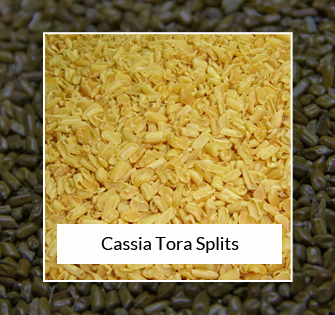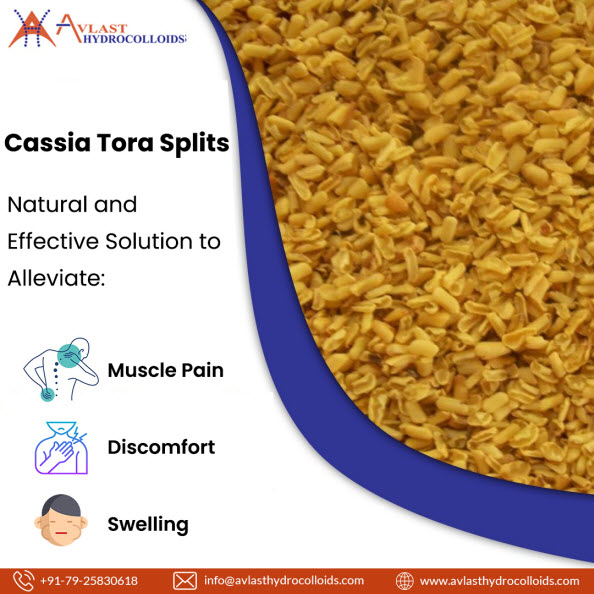Cassia Split Vs Cassia Obovata – What’s the Difference?
When it comes to natural hair care, there are various ingredients and products available that can help nourish and enhance the beauty of your locks. Two such ingredients are Cassia split and Cassia obovata. Although they might sound similar, they have distinct characteristics and benefits. Understanding the difference between Cassia split and Cassia obovata can help you choose the right one for your hair care needs.
What is Cassia Split?
Cassia split, also known as Senna split, is derived from the leaves of the Cassia senna plant. It is a fine powder with a pale yellow colour and has been used for centuries in Ayurvedic hair care rituals. Cassia split is known for its conditioning properties, promoting hair growth, and adding shine to the hair. It is often used as a natural alternative to chemical hair conditioners.
One of the main benefits of Cassia split is its ability to strengthen the hair shaft, reducing breakage and split ends. It also helps in combating dandruff and soothing an itchy scalp. However, it’s important to note that Cassia split does not have the same dyeing properties as Cassia obovata. It does not alter the colour of the hair significantly and is mainly used for its conditioning effects.
To use Cassia split, mix it with warm water to form a smooth paste. Apply the paste to your hair, starting from the roots and working your way down to the ends. Leave it on for about 30 minutes to an hour, then rinse thoroughly. For best results, use Cassia Split regularly as part of your hair care routine.

What is Cassia Obovata?
Cassia obovata is often used as a natural hair conditioner and volumizer. It helps strengthen the hair strands, making them appear thicker and fuller. Additionally, it can improve the overall health of the hair by reducing frizz and adding a natural sheen.
Similar to Cassia split, Cassia obovata is prepared by mixing it with warm water to create a paste. Apply the paste to clean, damp hair, ensuring complete coverage from roots to ends. Leave it on for approximately 1-2 hours, depending on the desired intensity of the yellow tone. Rinse thoroughly with water to remove the paste.
Key Differences between Cassia Split and Cassia Obovata
Origin and Plant Species: Cassia split comes from the leaves of the Cassia senna plant, while Cassia obovata is derived from the Cassia obovata plant.
Colour and Dyeing Properties: Cassia split is pale yellow and primarily used for conditioning purposes. On the other hand, Cassia obovata adds a yellow or golden tone to light-colored hair.
Conditioning Effects: Both Cassia Split and Cassia Obovata provide conditioning benefits, but Cassia Split is more focused on strengthening the hair shaft, reducing breakage, and combating scalp issues, while Cassia Obovata adds volume and shine.
Fragrance: Cassia split has a slightly earthy scent, while Cassia obovata has a more herbaceous fragrance.
Which One to Choose?
The choice between Cassia split and Cassia obovata depends on your hair goals and preferences. If you are primarily looking for a natural hair conditioner that strengthens the hair shaft and promotes hair growth, Cassia Split is a suitable choice. On the other hand, if you desire a colourless alternative to henna that adds a yellow or golden tone to light-colored hair, Cassia Obovata is the way to go.
Consider your desired colour outcome, conditioning needs, and personal preferences when deciding between Cassia split and Cassia obovata. Remember, both options are natural and can provide beneficial effects for your hair.


